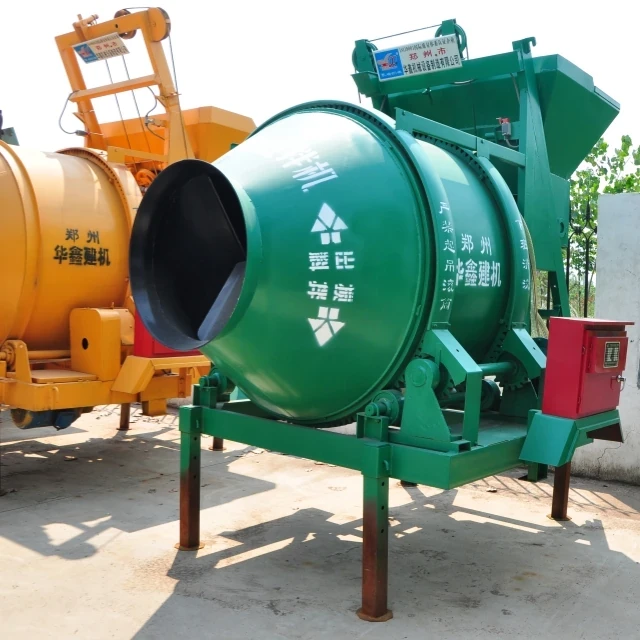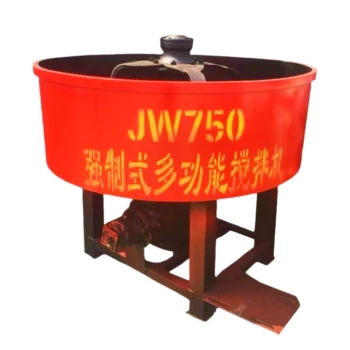Introduction
Dry mortar mixing stations face frequent operational disruptions due to equipment failures and human errors—problems that cost time, materials, and revenue. This article provides a protocol-driven approach to stabilize production, combining critical maintenance checklists, operator competency frameworks, and real-time risk mitigation. Whether you manage a small batch plant or a large-scale facility, these strategies will minimize downtime and maximize output.
Ensuring Operational Stability in Dry Mortar Mixing Stations
Dry mortar production hinges on two pillars: equipment reliability and human precision. A single misaligned mixer or untrained operator can cascade into hours of halted operations.
Did you know? Over 60% of unplanned stoppages trace back to preventable mechanical wear or procedural gaps.
The Cost of Instability
- Material waste: Inconsistent mixes require reprocessing or disposal.
- Labor inefficiency: Idle workers during breakdowns inflate project costs.
- Reputation risk: Delays erode client trust and contract opportunities.
Visual metaphor: Think of your mixing station as a heartbeat—irregularities demand immediate intervention to avoid systemic failure.
Critical Equipment Maintenance Protocols
1. Daily Pre-Operation Checks
- Mixer blades: Inspect for wear or cracks (replace if thickness reduces by 10%).
- Conveyor belts: Verify tension and alignment to prevent material spillage.
- Seals and gaskets: Check for leaks; hardened seals cause cross-contamination.
Pro tip: Use vibration analysis tools (like those in Garlway diagnostics systems) to detect early bearing failures.
2. Scheduled Overhauls
| Component | Frequency | Action Items |
|---|---|---|
| Rotary valves | Every 500 hours | Lubricate bearings, clear debris |
| Screw feeders | Monthly | Calibrate motor torque settings |
Interactive question: When was the last time you audited your maintenance logs?
Advanced Operator Training Frameworks
Core Competencies for Mixing Station Teams
-
Material Science Basics
- Understand how humidity affects sand flowability.
- Adjust mix ratios when aggregate moisture exceeds 3%.
-
Emergency Response Drills
- Simulate power failures: Train crews to safely shut down systems within 90 seconds.
-
Data Literacy
- Interpret mixer amperage graphs to spot overload trends.
Case study: A plant in Southeast Asia reduced rework rates by 22% after implementing weekly competency assessments.
Real-Time Monitoring and Risk Mitigation Strategies
1. IoT-Enabled Alerts
- Install load sensors to trigger alarms when mixer torque deviates by ±15%.
- Use Garlway-compatible telematics for remote equipment health dashboards.
2. Contingency Planning
- Keep pre-weighed "emergency batches" of common mortar formulations.
- Designate backup power sources for critical components like control panels.
Human impact: These protocols don’t just save money—they prevent workplace injuries caused by frantic troubleshooting.
Conclusion: Building a Culture of Prevention
- Document everything: Maintenance logs, training records, incident reports.
- Invest in diagnostics: Tools like vibration analyzers pay for themselves in avoided repairs.
- Reward vigilance: Incentivize operators who flag potential issues early.
Final thought: Stability isn’t about luck; it’s about systems. Start with one protocol today—your production line will thank you tomorrow.
Strictly aligned CTA: Explore Garlway’s reliability-focused machinery designed for heavy-duty mixing environments.
Related Products
- Hydraulic Concrete Mixer Machine Cement Mixing Equipment for Mixture Concrete
- Concrete Cement Mixer Machine Drum Mixer for Construction
- HZS25 Best Cement Mixer for Quick Mix Concrete at Bunnings
- Commercial Electric Concrete Mixer Machine HZS 50 Small Batch Plant for Sale
- Shaft Mixer Machine for Cement and Regular Concrete Mixing
Related Articles
- How Concrete Mixers Boost Profitability, Quality, and Sustainability in Construction
- How to Prevent Buffering Component Failures in Concrete Mixing Cylinders: Proactive Strategies That Work
- How to Diagnose and Prevent Sensor Resistance Failures in Concrete Mixing Equipment
- How Concrete Mixers Cut Costs and Boost Efficiency in Construction Projects
- How to Choose Between Concrete and Stabilized Soil Mixing Plants for Optimal Project Performance




















